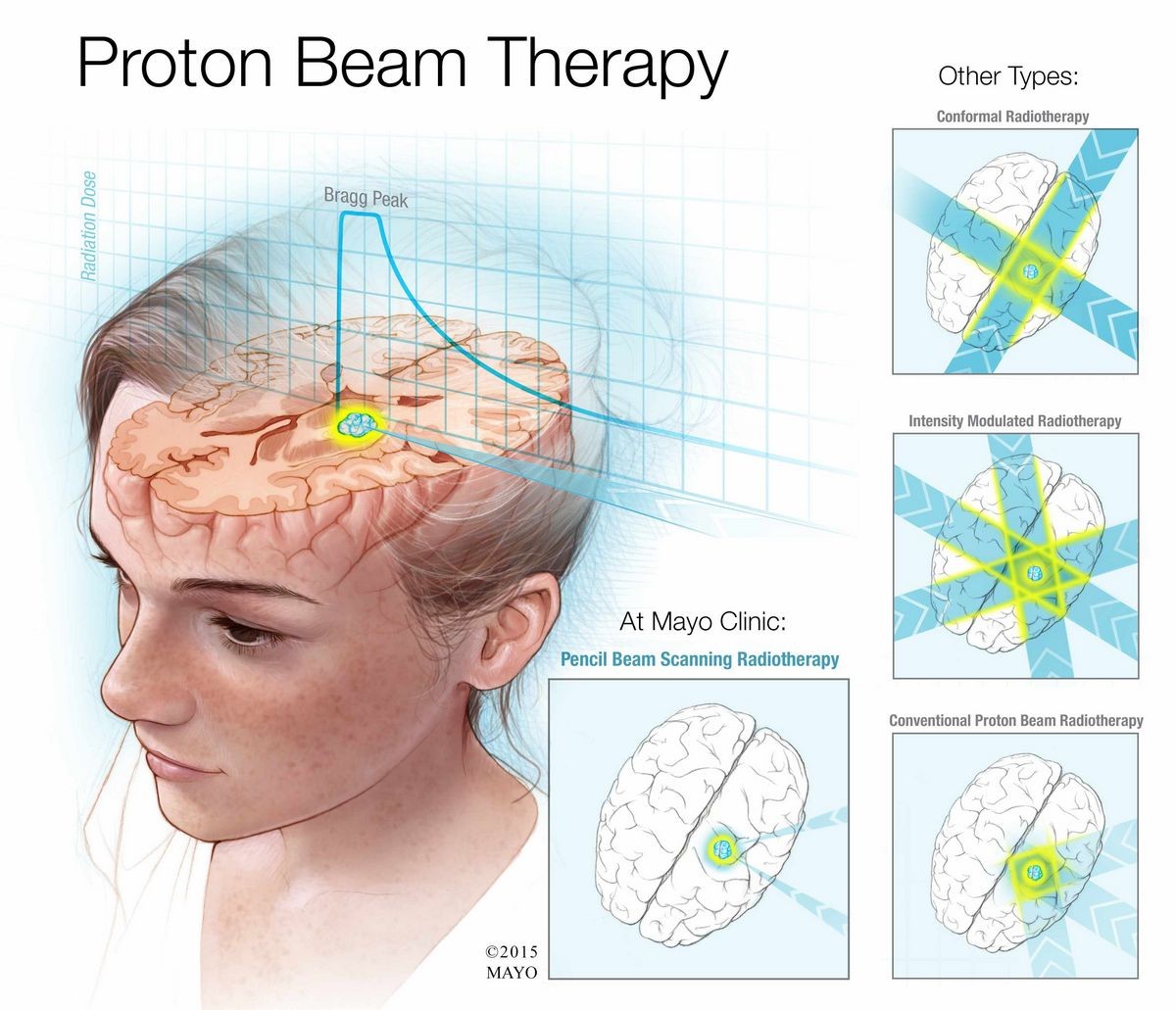
Contents
- 1 Proton Beam Therapy of Liver
- 1.0.1 Why is proton beam therapy used?
- 1.0.2 How is proton beam therapy performed?
- 1.0.3 How effective is proton beam therapy for liver cancer?
- 1.0.4 What are the potential risks and benefits of proton beam therapy?
- 1.0.5 What are the potential side effects of proton beam therapy?
- 1.0.6 What research is being done on proton beam therapy?
Proton Beam Therapy of Liver
Proton therapy may be used alone or in conjunction with other treatments, such as standard radiation therapy, surgery, chemotherapy, and immunotherapy. It may also be used when surgery is not possible.
Proton beam therapy is used to treat solid tumors with clearly defined borders that have not metastasized to other parts of the body.
Why is proton beam therapy used?
Proton beam therapy is used to treat various types of solid tumors, including HCC. It allows physicians to precisely target cancerous tumors while reducing damage to healthy surrounding tissue and organs.
X-ray or traditional radiation therapy can cause more damage to healthy tissues surrounding a targeted tumor, whereas proton beam therapy radiation can more accurately target cancerous tumors.
Proton beam therapy may be particularly beneficial for treating critical areas where the preservation of surrounding tissue is crucial, such as brain, spinal cord, and eye tumors. It is also advantageous for children, as it minimizes damage and long-term effects on developing organs.
How is proton beam therapy performed?
Proton beam therapy is typically done on an outpatient basis. Before starting the therapy, the patient undergoes a CT or MRI scan to locate the exact site of the cancer. The scan is performed with the patient immobilized in a device. Based on the scan, plans are made to deliver the proton beam to the cancer. For each therapy session, the patient is positioned in the immobilization device, and X-rays or scans are taken to ensure proper targeting of the tumor.
Proton beam therapy is invisible and painless. The number of treatment sessions varies depending on the type and stage of the cancer, usually conducted 5 days a week for 15 days. Each session lasts about 15 to 30 minutes.
How effective is proton beam therapy for liver cancer?
Proton beam therapy is a relatively new treatment modality, and its efficacy for liver cancer is still being studied. Preliminary data suggest similar effectiveness to other treatments like transarterial chemoembolization (TACE) or ablation for HCC. However, its ability to consistently prolong patient life is unknown.
A study at Loma Linda University Medical Center showed that proton beam therapy effectively treated cancerous liver lesions up to 10 centimeters. Patients with smaller lesions had better survival rates, while those with larger tumors had lower survival rates.
Another study in Japan found proton beam therapy to be safe and effective for treating metastatic liver cancer.
What are the potential risks and benefits of proton beam therapy?
Proton beam therapy offers several benefits compared to standard radiation therapy:
- Reduced radiation exposure to healthy tissues surrounding the tumor
- Possibility of delivering higher radiation doses to the tumor, increasing the chance of destroying targeted tumor cells
- Reduced incidence of severe side effects, including low blood counts, fatigue, and nausea
- Faster recovery
- Proton beam therapy requires specialized and expensive equipment that few medical centers possess. As of 2015, there were only 16 proton therapy centers in the U.S.
- Proton beam therapy may be more expensive than standard radiation therapy, and insurance coverage may vary.
- Proton beam therapy is most effective for localized tumors with well-defined borders and limited metastasis.
- Its effectiveness compared to conventional radiation therapy remains a topic of debate.
What are the potential side effects of proton beam therapy?
Potential side effects of proton beam therapy are similar to those of conventional radiation therapy. They may vary depending on the treated body part and tumor size. Additional side effects may occur if patients undergo chemotherapy in conjunction with proton beam therapy.
While the procedure itself is painless, patients may experience fatigue, skin irritation, and some damage to healthy tissue.
What research is being done on proton beam therapy?
A study is currently underway at Loma Linda University to compare the outcomes of proton beam therapy with transarterial chemoembolization (TACE) for HCC and other tumors.
There are ongoing studies comparing proton beam therapy with X-ray radiotherapy, but no conclusive evidence has shown proton beam therapy to be superior in cancer control.
Other studies aim to develop scanning proton beam therapy for irregularly shaped tumors.
Clinical trials are investigating the effects of proton beam therapy on specific types of cancers, including breast, central nervous system, gastrointestinal, genitourinary, head and neck, thoracic, and pediatric cancers.
Medical review by John A. Daller, MD; American Board of Surgery with subspecialty certification in surgical critical care
Collins, T. R. “Proton Beam Radiotherapy Safe, Effective for Some Unresectable Liver Tumors.” Medscape. 2010.
Ling, T. C., et al. “Proton therapy for hepatocellular carcinoma.” Chinese Journal of Cancer Research. 24.4 (2012): 361-367.
Nakayama, H., et al. “Proton beam therapy for hepatocellular carcinoma: the University of Tsukuba experience.” Cancer. 115:23 (2009): 5499-5506.
Ornes, S. “The Proof of the Proton Is in the Result: Proton Beam Radiation Therapy Is Expensive and Controversial.” Cancer Today. Spring 2013.
“Proton Therapy.” Cancer.Net Editorial Board. July 2015.
“What Is Proton Therapy?” Loma Linda University.
“Proton Therapy Clinical Trials.” MD Anderson Cancer Center.
“How It Works.” The National Association for Proton Therapy.
“Patient Insurance Strategies.” The National Association for Proton Therapy.
“Proton Therapy Centers.” The National Association for Proton Therapy.
“Proton Therapy.” Radiological Society of North America.


